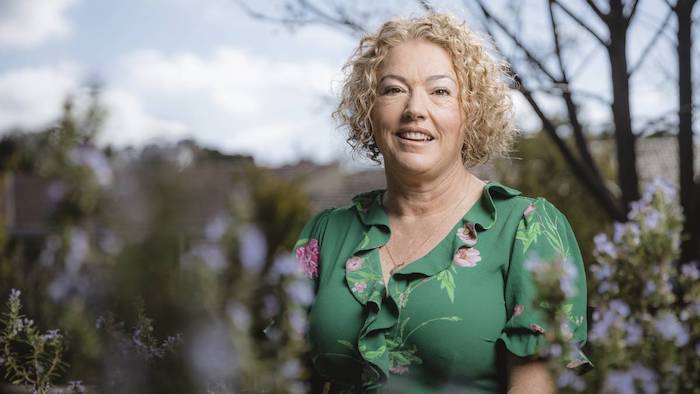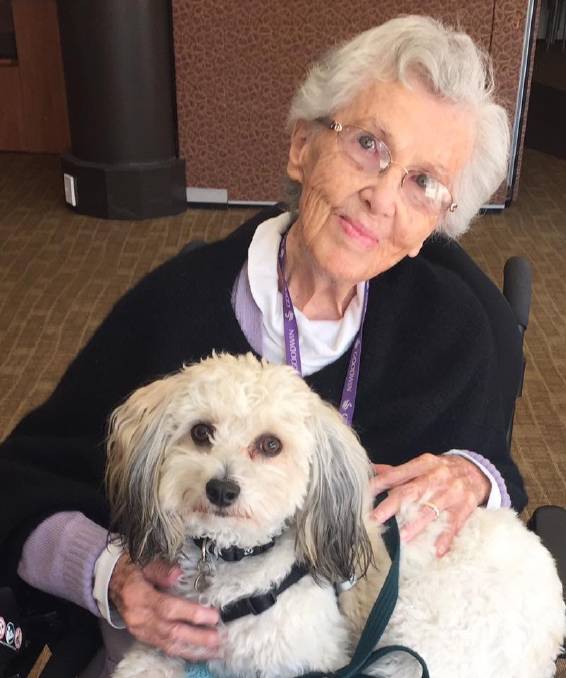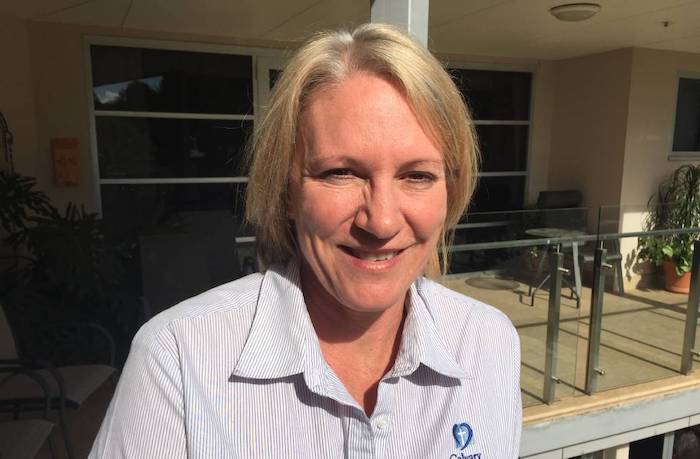Nurse pioneers a better way for elders to die

By Steve Evans
Nikki Johnston is passionate about dying.
She’s just won a big prize as Australia’s most innovative nurse. It was a recognition of the way she is changing the way the elderly end their lives.
Her mission as a nurse in Canberra is to help people have what she calls “a good death”.
She says too many people have “bad deaths” where fear and loneliness dominate their last moments.
Her radical idea is to involve people who are in their last months in the planning for those final fearful moments. The dying attend meetings where their own deaths are discussed.
She says a rigorous study of the results of the new system demonstrates clearly that it is a better way, and she’s pressing politicians to adopt it in the rest of Australia and beyond.
She also thinks there is too much emphasis on research to prolong lives at the expense of spending more to ensure that people die in peace at the right age.
Ms Johnston is a “nurse practitioner” who works in palliative care – it’s the most senior type of nurse, qualified to diagnose illnesses and prescribe drugs and treatments.
She has a missionary zeal for involving the patient in (arguably) the most important process affecting them – their end.
In the residential homes where the system is now used, the dying person attends the meetings and hears how their death will be dealt with. Their views are listened to and acted on.
“If we don’t ask the questions and give people the opportunity to talk about the end of life, we risk isolating people in their last months,” she says.
“They feel like no one gets it – no one understands – what’s going on, and that can be frightening.”
Researchers have studied 1700 people in the ACT at the end of their lives, comparing those where the system is in operation and those where it is not.
The study – the first of its kind in the world – involved rigorous measurement of a raft of variables like how soundly people slept in their last months and how much medication they needed.
The researchers devised a “quality of death” index. Ms Johnston says the results show that the new way works.
She argues that there should be a switch from maintaining uncomfortable and painful lives to the quality of death. “People are living longer but their quality of life is reduced so they are not living well enough or dying well enough,” she says.
“We are not valuing the end of life because we are not putting money into it.”
With the new system, people aren’t told bluntly that they are dying.
Ms Johnston says that she might have a conversation with a resident of an aged care home and ask them how they saw their future. In that conversation, the old person might well say that they thought they were dying.
“I ask them where they are at, what’s important, and most people tell me they are dying,” Ms Johnston says.
“If they are leading this conversation, It’s not confronting. They have taken us there.”
“Gently, we normalise death and dying. We help the staff to be able to talk about it. We support the relatives and loved ones through the process.”
She said that the elderly people she deals with generally don’t fear death. “Most people are ready. They are sick and they’ve had enough. They are ready to go.
“To help someone in their last months of life, we need to know them – to sit with them and talk to them. We need to know what’s important. How do we get this right for the person?”
That is what happened, for example, with Chris Dillon, whose death on March 29, 2017 was peaceful, according to her daughter Rose.

The aged mother had been in a residential home in Ainslie for just over two years.
According to her daughter, Mrs Dillon said one day that she felt tired and she was close to the end of her life.
Once that was recognised, the palliative care team became involved.
“She was a pragmatic person,” Rose says.
“She wanted to know what it would feel like, would it hurt, how would people know that she was dying. What would they do with her body?
“And then Nikki came along. She sat down really close to Mum and said: ‘I’m Nikki. I’m from palliative care and we need to talk about some things’.”
According to Rose, her mother simply replied: “What? About me dying?”
“So the conversation started naturally,” she says.
“The impact that Nikki had on Mum’s death was massive. It allowed Mum to have a peaceful death.
“She wasn’t frightened.”
The new system involves staff keeping a kind eye on residents
At the Calvary Haydon Retirement Community in Bruce, for example, manager Kim McGovern says she and her staff quietly look at residents every month to see “who might not be there next month”.

Once people are identified, they are talked to sensitively.
An “individual care plan” is drawn up with the involvement of the resident.
“It’s their choice. We involve them early on,” Ms McGovern says. “It’s their last journey.”
The involvement of the dying person allows proper preparation, both medically and emotionally.
This means a final crisis, in which the patient is rushed to hospital to die in a chaotic emergency, is less likely.
Ms Johnston is an extraordinary character – bright and vivacious (at least when she’s expounding on the importance of helping people have “a good death”).
She may have dark moods, in that she says she needs to put her “armour” on before she attends some deathbeds.
And she does cry – after all, she’s got to know the person – but, as she puts it, “this isn’t my grief”.
“The grief belongs to the family,” she says.
Complete Article ↪HERE↩!
